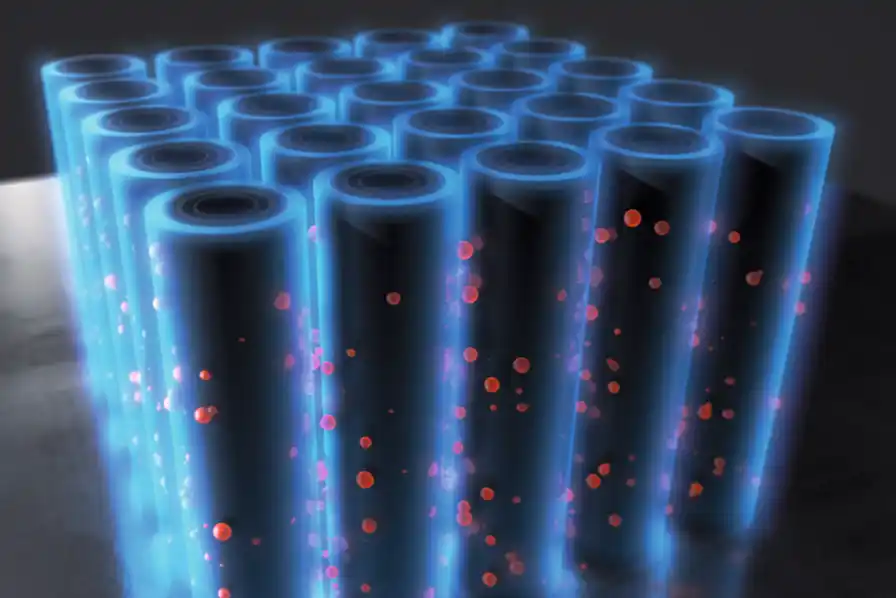افشین رشید
اُستادیار ؛ عضو هیات علمی دانشگاه آزاد اسلامی واحد علوم و تحقیقات تهران
600 یادداشت منتشر شدهNano cloud capacitor section) Nano-Supercapacitors (inherently Solid-State))

Note: Nano-supercapacitors developed with nanostructured multilayer technology are inherently solid-state and exhibit exceptional mechanical and thermal properties.
Production of nano-supercapacitors using nanoparticles that can be polarized in such a way that electrical energy can be stored. Nanostructured multilayer technology (solid state) is a well-known dielectric material used in nano-supercapacitors because it is a piezoelectric and ferroelectric material. In this work, by creating passive filters, they provide storage capabilities between different types of these electrical nano-layers.

Electrostatic nanocapacitors also benefit from the very small distance between their electrodes, and electrostatic nanocapacitors are unique in this respect. If the electrodes are far apart, like charges on their surfaces strongly repel each other. When the electrodes are closer together, the negative and positive charges on either side balance these repulsive forces, and more total charge can be stored in a given area. The total thickness of each electrostatic nanocapacitor is only 25 nanometers, and the charges can be placed close together. So far, arrays of electrostatic nanocapacitors can't store much total energy because they are so small. Electrostatic nanocapacitors contain billions of nanocapacitors to store large amounts of energy. Scaling up to a practical level is not trivial, but the pair work together to create larger arrays. In the structure of electrostatic nanocapacitors, multiple arrays can be effectively connected to each other. One of the advantages of the electrostatic nanocapacitors fabrication method is that the dimensions of the nanocavities and the thicknesses of the electrodes and insulators can be precisely controlled.
Conclusion :
In general, nano-supercapacitors can store large amounts of energy, but they tend to charge slowly and wear out quickly. Meanwhile, capacitors have a longer lifespan and can be discharged quickly, but store much less energy overall. Nano-supercapacitors can be made by creating nanostructured arrays of electrostatic capacitors.